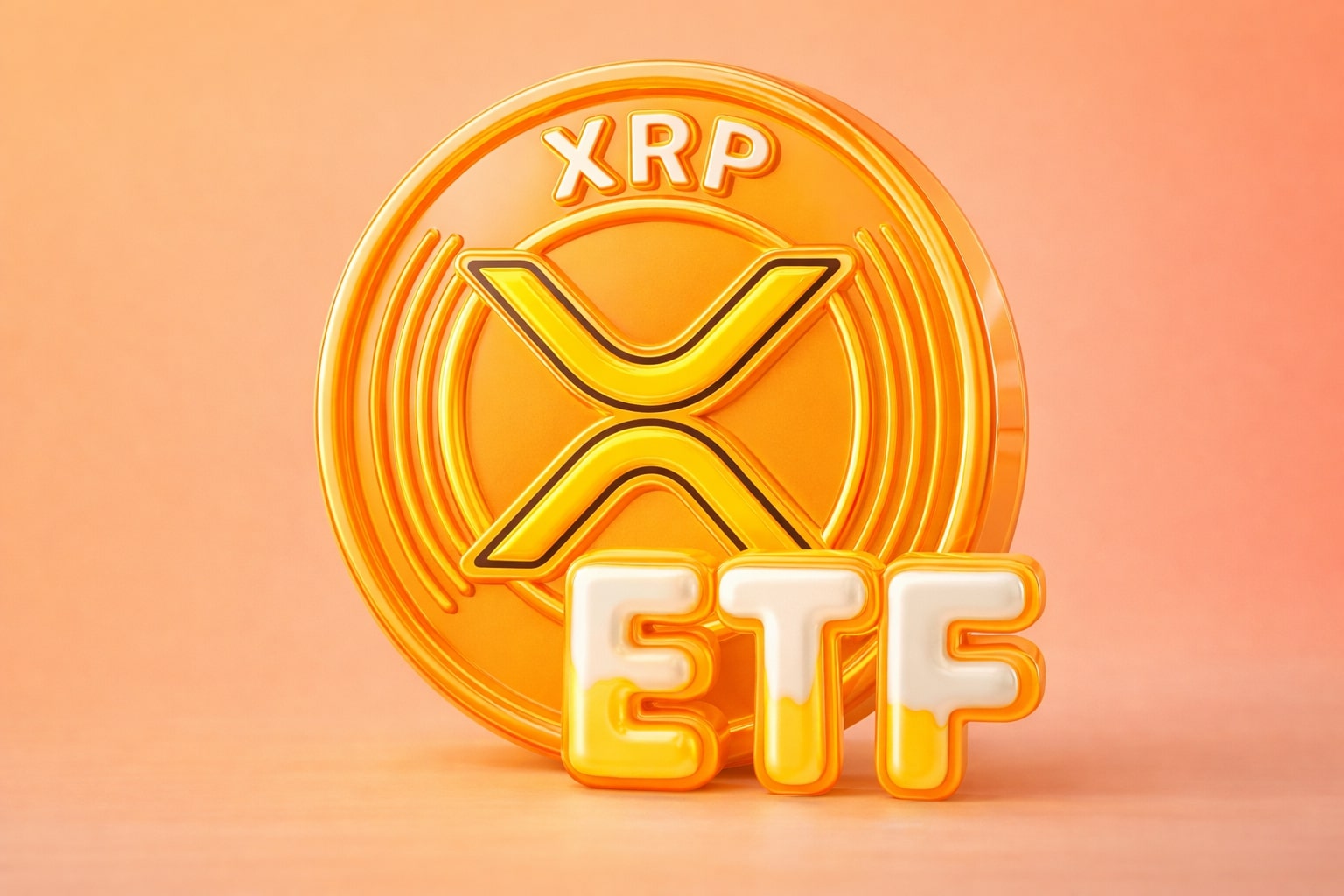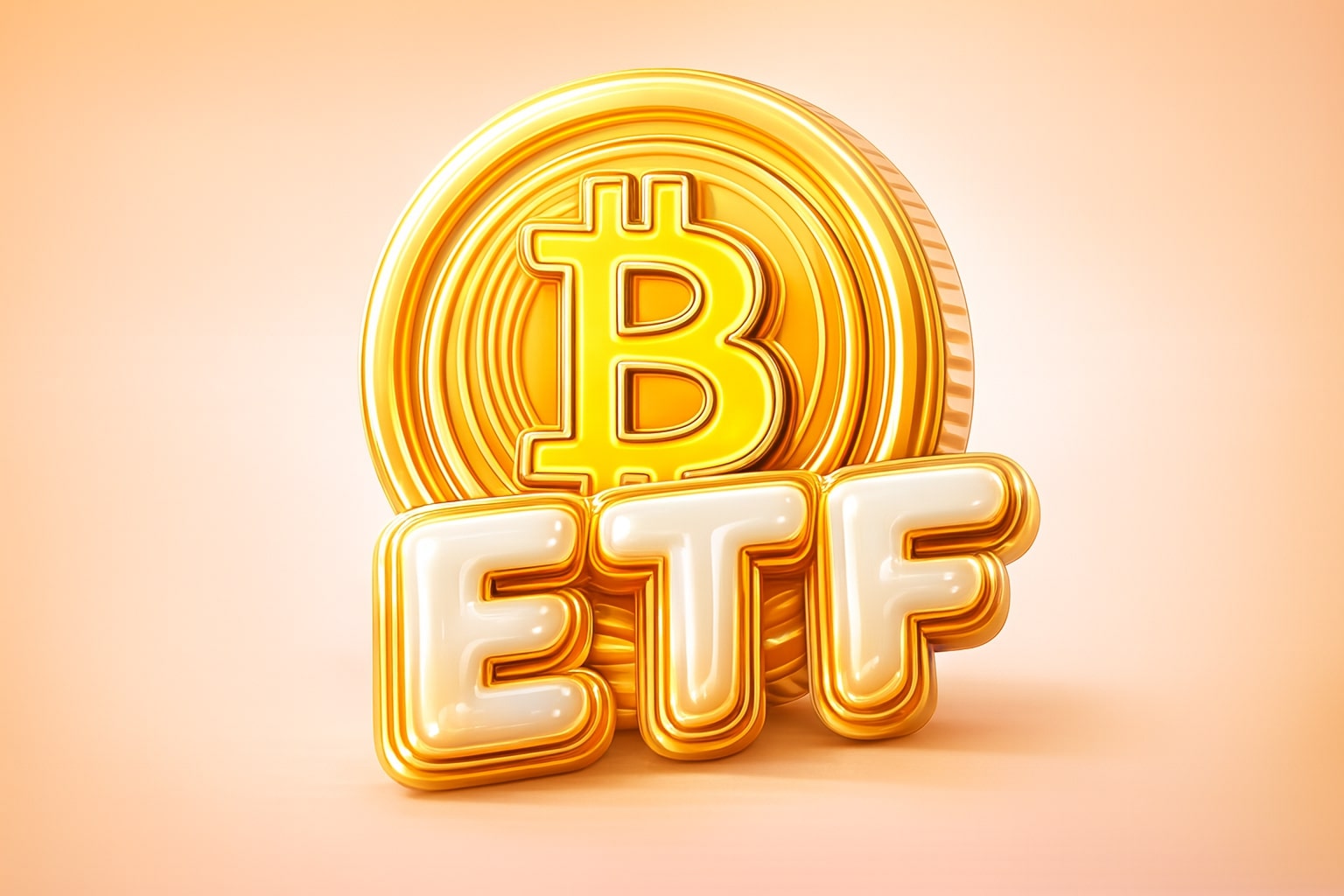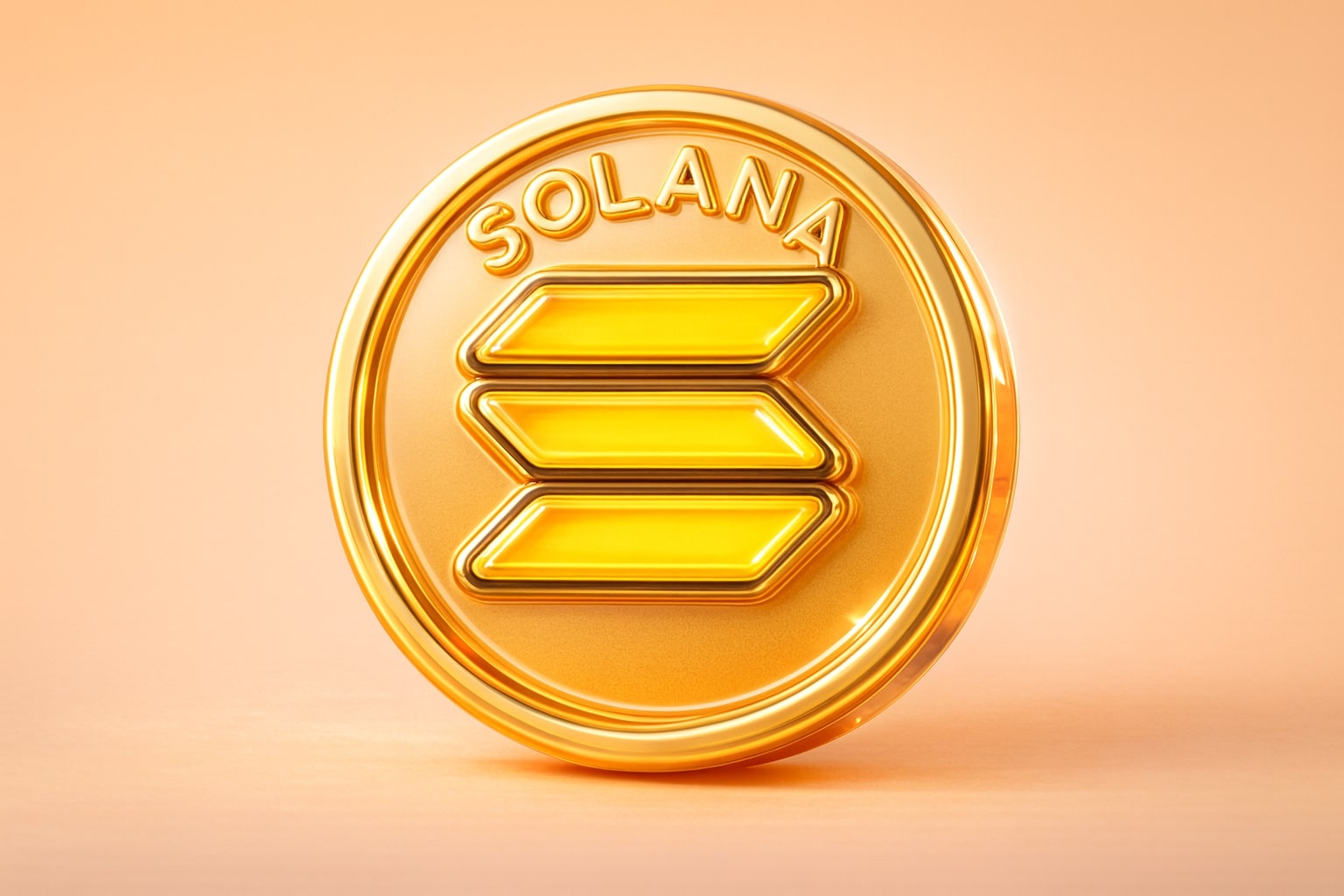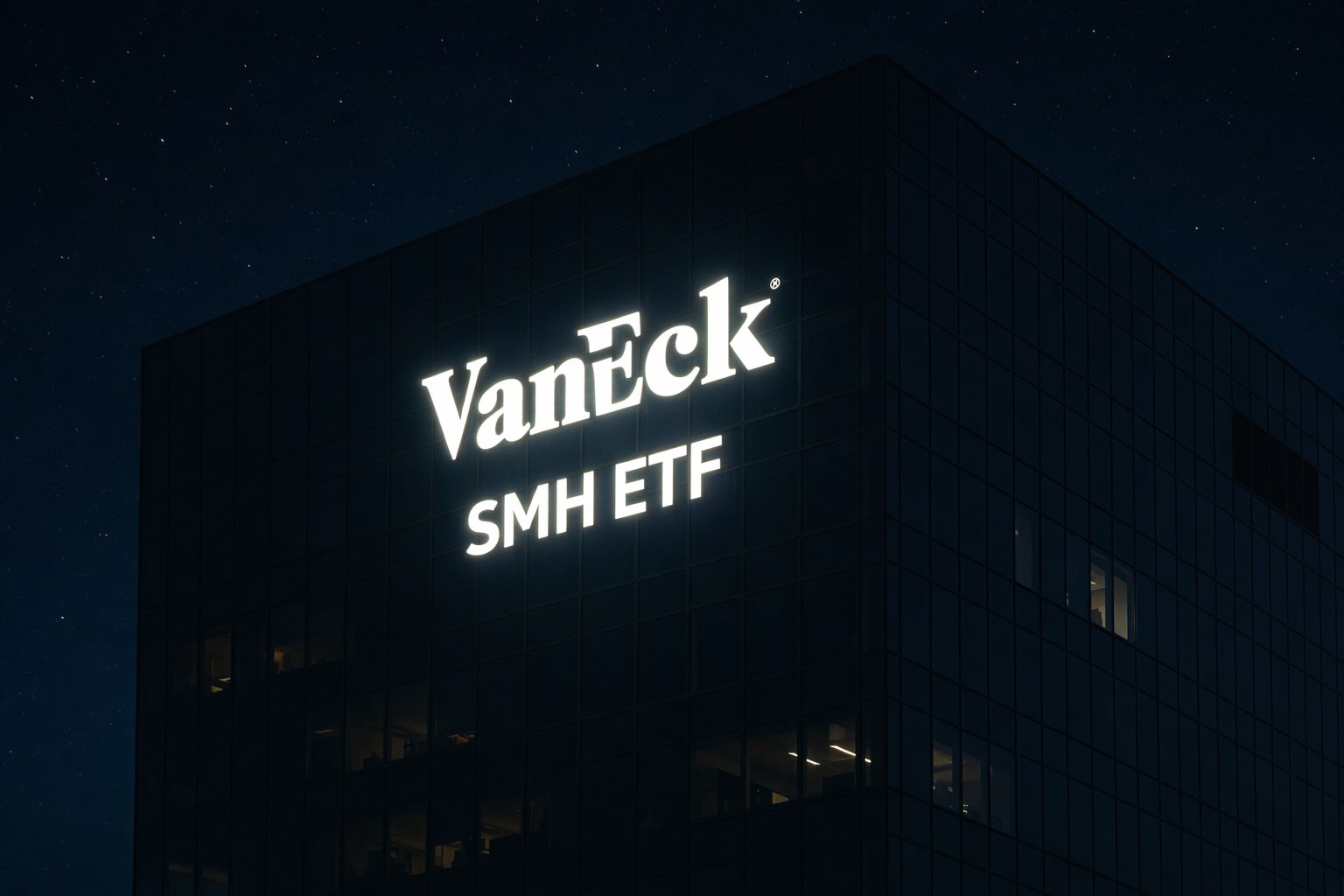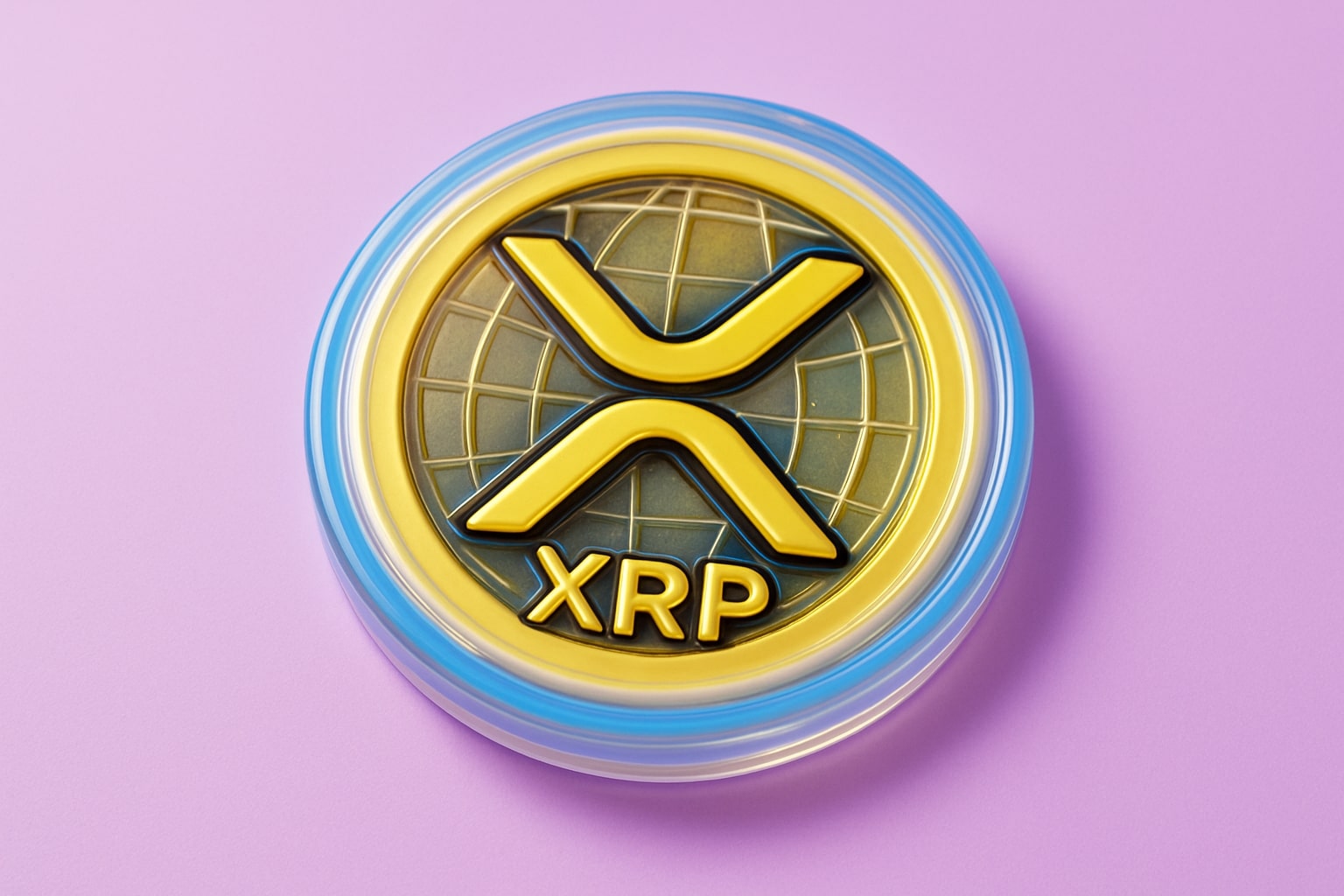
XRP Price forecast - Ripple Rebounds 44% to $2.50 as XRP-USD Expands in Africa, Swell 2025 Sparks ETF Hopes
Ripple’s XRP network surges ahead of its Nov. 4 Swell event with $700M stablecoin circulation, 60+ global licenses, and growing Wall Street attention to XRP-USD | That’s TradingNEWS
Ripple (XRP-USD) Navigates Volatility Ahead of Swell 2025 as Institutional Capital Eyes the Network
Ripple’s native token XRP (XRP-USD) has entered a decisive phase, trading near $2.50 after one of its most turbulent Octobers in years. The token plunged intraday by 44% to $1.53, then clawed back most losses in a sharp liquidity rebound. This extreme volatility underlines a market torn between the optimism surrounding Swell 2025—Ripple’s flagship conference—and persistent macro and liquidity risks. The current setup combines optimism for institutional integration with warning signs from global capital flows, as traders reposition portfolios across remittance-based assets.
Macro Pressures and Liquidity Drain Challenge XRP Stability
The October 10th selloff, triggered by tariff shocks and risk-off contagion, erased over $19 billion in leverage across crypto exchanges. Altcoins like XRP, which depend heavily on speculative liquidity rather than a hard-supply store-of-value narrative, absorbed disproportionate selling. Whale flows confirmed stress: on-chain data captured large exchange inflows exceeding $400 million during the crash, a typical indicator of short-term exits. Support levels at $2.30 and $1.60 absorbed initial pressure, but analysts warn a renewed liquidity crunch in 2026 could expose the next critical floor near $1.15–$1.05.
Ripple’s tight link to centralized partnerships—banks, payment firms, and custody networks—also magnifies systemic risk. Any slowdown in global growth or ETF approval delays could thin institutional participation, dragging XRP’s valuation toward the $0.80–$0.50 range in a stressed scenario. This forecast echoes 2018-style capitulation dynamics, where panic selling overshoots fair value before recovery.
Ripple’s Global Expansion: Africa and Emerging-Market Custody Integration
Amid global volatility, Ripple continues to expand its institutional footprint. The company signed a landmark agreement with Absa Bank of South Africa, introducing regulated digital-asset custody for banks and institutional clients across the continent. Absa’s integration of Ripple’s institutional-grade technology allows storage and tokenization of crypto assets within existing compliance frameworks, a crucial step for risk-sensitive jurisdictions.
Ripple now holds over 60 regulatory licenses globally, spanning Europe, the Middle East, Asia-Pacific, Latin America, and Africa. Its new USD-backed stablecoin RLUSD—already exceeding $700 million in supply on Ethereum and the XRP Ledger—is being distributed via African partners Chipper Cash, VALR, and Yellow Card. These partnerships make Africa Ripple’s fastest-growing corridor, extending on-chain liquidity to unbanked populations. In Kenya, the collaboration with Mercy Corps Ventures is piloting stablecoin-based savings for communities without mobile banking access, illustrating the blend of humanitarian impact and utility adoption that could anchor XRP’s long-term narrative.
Swell 2025: Institutional Showdown and Stablecoin Demonstration
Ripple’s Swell 2025 event, set for November 4 in New York, is expected to be a decisive catalyst for market sentiment. The agenda features a live XRPL stablecoin-payment demo, highlighting low-latency settlement on ISO 20022-aligned rails and full KYC/AML compliance—a nod to enterprise readiness.
Confirmed speakers include Nasdaq CEO Adena Friedman, and digital-asset heads from BlackRock, Citi, Fidelity, and CME Group, signaling Wall Street’s deepening interest. CEO Brad Garlinghouse will outline Ripple’s 2026-2030 roadmap, including updates on tokenization, RWA integration, and RLUSD expansion. Historically, the three-week run-up to Swell events generates short-term bullish setups, and traders expect similar behavior now as anticipation builds. XRP’s ability to maintain above $2.40 before the event could determine whether momentum extends toward the $2.80–$3.00 resistance zone.
Regulatory Battle and Garlinghouse’s Confrontation With Wall Street
At DC Fintech Week, Garlinghouse directly accused Wall Street banking lobbyists of blocking crypto firms from accessing the Federal Reserve’s master accounts, calling the stance “anti-competitive and unethical.” Ripple’s subsidiary, Standard Custody & Trust, has formally applied for Fed master account approval to hold RLUSD reserves directly at the central bank—a move that, if granted, could revolutionize stablecoin transparency.
Garlinghouse reaffirmed Ripple’s compliance commitment, asserting that crypto institutions should meet the same AML, KYC, and OFAC standards as banks, but deserve equal access to financial infrastructure. This regulatory fight has become symbolic: securing Fed access would position Ripple as the first blockchain firm with direct federal reserve integration, a structural advantage for its token ecosystem.
Technical Landscape: Between Short-Term Volatility and Long-Term Accumulation
Following the October crash, XRP rebounded from $1.53 to $2.50, reflecting strong dip-buying activity. On the charts, XRP trades inside a consolidation corridor between $2.30 support and $2.70 resistance, with the 10-day and 20-day moving averages acting as immediate supply barriers. The RSI sits near 35, recovering from oversold territory, while the MACD histogram remains negative, signaling early stabilization but not yet a confirmed bullish crossover.
A breakout above $2.70 would re-open the path to $3.00–$3.20, where heavier resistance lies from July highs. Conversely, a close below $2.30 risks retesting $1.60—a level that, if breached, could trigger algorithmic selling toward $1.00 or lower. Traders are also watching funding-rate normalization: perpetual swaps show a modest negative premium of -0.01%, suggesting reduced leverage pressure after the wipeout.
Read More
-
SMH ETF: NASDAQ:SMH Hovering at $350 With AI, NVDA and CHIPS Act Fueling the Next Move
16.12.2025 · TradingNEWS ArchiveStocks
-
XRP ETFs XRPI and XRPR: Can $1B Inflows Lift XRP-USD From $1.93 Back Toward $3.66?
16.12.2025 · TradingNEWS ArchiveCrypto
-
Natural Gas Price Forecast: NG=F Falls to $3.80–$3.94 as Warm Winter Kills $5.50 Spike
16.12.2025 · TradingNEWS ArchiveCommodities
-
USD/JPY Price Forecast - USDJPY=X Slides, BoJ 0.50% Hike, Fed Cut and NFP Set the Next Big Move
16.12.2025 · TradingNEWS ArchiveForex
Institutional Forecasts: From $0.50 Bear Case to $1,000 Hyper-Bull Thesis
Market projections for XRP diverge sharply. The base scenario places the 2026 range between $3 and $4, assuming ETF approvals and liquidity deepening. A bullish scenario lifts targets toward $5 – $6 by late 2026 as DeFi integrations accelerate. However, the bearish camp, anchored by liquidity concerns, foresees a potential breakdown to $0.80 – $0.50 if macro shocks resurface or if centralized exchanges face renewed regulatory stress.
At the opposite extreme, former Goldman Sachs analyst Dom Kwok projects $1,000 per XRP by 2030, citing institutional adoption, regulatory clarity, and ETF-driven inflows beyond Bitcoin and Ethereum allocations. While that level implies a 31,000% increase from today’s price, the underlying argument—that XRP’s 300+ ODL partnerships could anchor real-world settlement volume—reflects growing confidence in network utility.
Emerging Competition: Remittix and Bitcoin Hyper Challenge Ripple’s Dominance
Ripple’s success has inspired rivals targeting its niche. Remittix (RTX), a cross-border DeFi platform branded as a “PayFi powerhouse,” has raised $27.5 million, sold 679 million tokens, and secured listings on BitMart and LBank. Its CertiK #1 pre-launch ranking and beta wallet—now live for global testers—position it as a credible disruptor. With a price of $0.1166, Remittix executes crypto-to-bank transfers in over 30 countries, directly overlapping Ripple’s core business.
Meanwhile, Bitcoin Hyper (HYPER), a Layer-2 project leveraging Solana Virtual Machine, has raised $23.8 million, offering 50% APY staking rewards and targeting a sub-$0.02 valuation entry. Both projects highlight the competitive landscape Ripple now faces: smaller networks with agile architectures competing for remittance market share Ripple once held unchallenged.
For Ripple, maintaining first-mover advantage means proving scalability and regulatory strength while extending liquidity into new corridors like Africa and Southeast Asia. The firm’s 60-plus license coverage provides a durable moat, but execution risk remains high as emerging PayFi competitors iterate faster.
Investor Positioning and Market Sentiment Into Year-End
Open interest in XRP futures has recovered to $1.8 billion, still 27% below pre-crash levels, suggesting cautious re-entry. Funding rates remain flat, confirming subdued speculative leverage. Exchange data show long/short ratios near 1.05, signaling balanced sentiment ahead of the Swell 2025 event. Spot volumes, however, have normalized to $5.8 billion daily, down 29% week-over-week, implying less aggressive retail participation.
Institutional flows remain mixed: Asia-based desks are net buyers on Swell optimism, while U.S. funds continue trimming exposure amid macro uncertainty. The outcome of Swell—particularly Ripple’s stablecoin demonstration and regulatory announcements—will likely determine whether XRP breaks its consolidation toward $3+ or revisits the $2 support zone.
Outlook and Investment Stance
Ripple stands at a crossroads defined by competing forces—macroeconomic fragility versus institutional integration, regulatory headwinds versus real-world adoption. The firm’s expansion across Africa, its $700 million RLUSD circulation, and the potential for ETF approval in 2026 all argue for structural resilience. Yet, volatility remains elevated, and any failure to maintain the $2 threshold could reignite capitulation.
From a data-driven perspective, XRP (XRP-USD) carries a moderately bullish bias heading into Swell 2025, provided price sustains above $2.30 and investor sentiment remains aligned with upcoming institutional catalysts. Long-term, the asset remains one of the few with measurable utility, regulatory progress, and multi-jurisdictional expansion. For now, the call is Buy on dips → Hold through Swell, with an eye on $3.00–$3.20 short-term and $6.00 medium-term resistance bands as Ripple’s network attempts to consolidate its bridge-currency status in global finance.














